Review for Samurai Wolf I & II
Introduction
Eureka Entertainment have sent me a pack of wolves for the start of 2024. Check discs for Yakuza Wolf I and II have shown up, as well as this twin pack, Samurai Wolf I and II. They haven’t sent me Lone Wolf McQuade, but there is another Chuck Norris flick to look forward to as well. But first the Samurai Wolf movies, which from the early sixties offer a bit of cross-cultural pollination to the traditional chanbara action. Just as Sergio Leone was inspired by the films of Akira Kurosawa, the director of Samurai Wolf, Hideo Gosha was in turn inspired by those early Spaghetti Western films.
Introduction: Samurai Wolf
Kiba is a ronin, also known as The Furious Wolf. Alas, a reputation can’t pay the bills, which is why he’s working a debt off at an inn when he witnesses an attack on three travellers by three samurai. When he takes the bodies to a nearby relay post, he gets drawn into the middle of a conflict. The victims worked for the administrator of the relay post, a blind woman named Chise. The killers work for a man named Nizaemon, who operates a nearby messenger outpost. Nizaemon has ambitions to run the more lucrative relay post, but when Chise asks Kiba to help, it merely escalates the violence.
The Disc: Samurai Wolf
Samurai Wolf gets a 2.35:1 widescreen 1080p monochrome transfer on this disc, with PCM 2.0 Mono Japanese audio, and an optional translated English subtitle track. The image is clear, sharp and stable, and offers good detail and strong contrast. There is a proper level of film grain, but there is the rare sign of age, an odd fleck or residual scratch here, a bit of flicker there. And sprays of blood are just as effective in black and white. The audio is fine, clear and without issue. The action comes across well, and is quite stylised both visually and aurally, while the subtitles are accurately timed and are free of typos. The music is quite idiosyncratic, and wears its Spaghetti Western influences on its sleeve.
Extras: Samurai Wolf
The disc boots to a static menu where you’ll find the audio/subtitle options and the following extras.
Audio commentary by Chris Poggiali
Outlaw Director: Hideo Gosha: Interview with Tomoe Gosha
Conclusion: Samurai Wolf
Samurai Wolf is just 1 hour and 13 minutes long. I say that, because in those 73 minutes, it manages to introduce and develop several characters, and tell a rich and layered story, with plenty of twists and turns and surprises. It succeeds spectacularly in that short time to do what many longer films fail at. It’s a story that grabs the attention and holds it all the way to the end credits. You can see the Spaghetti Western influence in the film, when it comes to the visuals, the music, the sound design, and most notably in the gritty and amoral feel to the characters. This is a film of antiheroes and villains with barely a cigarette paper between them when it comes to their respective strength of character. The difference comes down to those with honour, and those that would stab you in the back, but there are such characters on all sides.
You have the typical confrontation, with effectively two gangs competing for control of the relay station. The film is set during the Shogun era, when the standing of the samurai was on the wane. The country was very much provincial, and the roads, the arteries connecting the provinces were subject to governmental control. No one could travel, no messages could flow, no goods could pass with paying tolls, and without suitable paperwork. And so these outposts existed to collect the tithes, and run like franchises, whoever operated one could set the fees and make a massive profit.
Chise runs the relay post, but lacks the strength in men to hold onto it, in the face of the threat posed by the ambitious Nizaemon. He has no qualms about hiring killers and criminals to do his dirty work. So when Kiba shows up with the bodies of three of her men, and is obviously a skilled swordsman, she pleads for his help against Nizaemon. But of course, once he easily dispatches Nizaemon’s petty thugs, Nizaemon goes out and hires a skilled killer of his own. Then the government shows up, demanding that Chise’s people transport a significant sum of money on a route that will certainly be attacked. If that isn’t enough, there’s a brothel for good measure, with its own internal drama, and the madam, and one of the prostitutes picking sides in this conflict. And there are even more twists and turns as the story leads headlong to its bloody conclusion.
Samurai Wolf manages to do this in just 73 minutes, but it’s so deftly done that the film feels so much more substantial than that. It turns out that the sequel is even shorter. Films like Samurai Wolf are a reminder that, call it what you will, cross cultural pollination, or cultural appropriation; it isn’t necessarily a bad thing.
8/10
Introduction: Samurai Wolf II
Kiba is the kind of warrior that would help a woman in distress, despite riling up a swordmaster as a result. On top of that the woman, Oteru is a little too grateful for Kiba’s comfort. On the road, Kiba encounters a prison transport, two men and one woman being taken to their eventual fate. His skills are useful when it comes to protecting the convoy, but one of the prisoners, a man named Magobei looks so familiar to Kiba that it affects his judgement. That’s not good when he’s pulled into an intrigue regarding an illicit gold mine.
The Disc: Samurai Wolf II
When it comes to the transfer of the second film, it’s much the same again; a 2.35:1 widescreen 1080p monochrome image with PCM 2.0 Mono Japanese audio and optional English subtitles. The image is clear and sharp, with good contrast and strong detail, but you will have to deal with the occasional fleck or scratch that has escaped the restoration process. The film is stable throughout though. The audio offers the same again, even when it comes to the film’s music. The dialogue is clear and the action comes across well enough. The subtitles are accurately timed and are free of typos.
Extras: Samurai Wolf II
The disc boots to a static menu, and you get the following extras...
Audio Commentary with Jasper Sharp
Tony Rayns on Samurai Wolf (21:47)
Conclusion: Samurai Wolf II
On the surface, you’d be forgiven for thinking that Samurai Wolf II merely offers more of the same. You get the same chanbara action riffing off Spaghetti Westerns, and you get the same scruffy, egotistical protagonist facing off against all manner of foes. It’s another short film, even shorter than the first film by two minutes, and it still manages to squeeze a much longer film worth of plot in there. But tonally the second film is a different beast altogether, and serves very well as a complement to the first Samurai Wolf.
In the first film, Kiba very much is the protagonist, a motivator of events, a character with agency. He may be challenged by his foes, but he’s got a good idea of how to prevail. The shoe’s very much on the other foot in the sequel, with Kiba much more at the mercy of the forces arrayed against him, and hamstrung by his own demons. If he had any less agency in the sequel, he’d practically be a victim of circumstance.
Kiba begins the film with romantic interest in Oteru, although it’s not exactly a conventional relationship. Oteru is unhinged at best, emotionally damaged, and Kiba isn’t quite able to handle her at first, so much so that he makes his excuses and moves on. This is only to find a more challenging situation when he encounters the prisoner convoy. Three captives are being transported in bamboo cages, and one of them, Magobei is the spitting image of his late father. His past comes back to haunt him, and he has hard time dealing with Magobei as a result. Magobei’s crime is murder; he was hired to kill an overseer of a failed gold mine, and he was expecting to be rescued by his employers. Only when they show up, they’ve been ordered to kill the only witness to the fact that the gold mine hasn’t failed, that they are making money from illicit gold.
Magobei swears revenge, although he has to escape first, and Kiba is torn between the memories of his father overlaying his perception of Magobei, and the fact that he is a killer. In the end Kiba makes a decision that proves to be disastrous. But even still he’s willing to give Magobei the benefit of the doubt all the way to the bitter end. It’s a darker story, but just as compelling as the first film.
8/10
In Summary
The Samurai Wolf movies were a pleasant surprise. I was expecting something rather formulaic when it comes to chanbara, but as you will see in the extras, the fact that these were b-movies made to promote the up-and-coming star of the film, it allowed the director to be far more experimental with the stories. There’s very much a modern sensibility here, and tonally the films serve as mirror images of each other. Samurai Wolf is a collection worth looking into.
The Samurai Wolf Collection is available from Eureka Entertainment, from Terracotta, and from mainstream retailers.
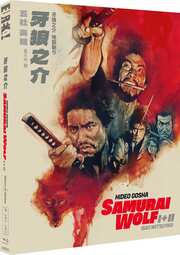






























































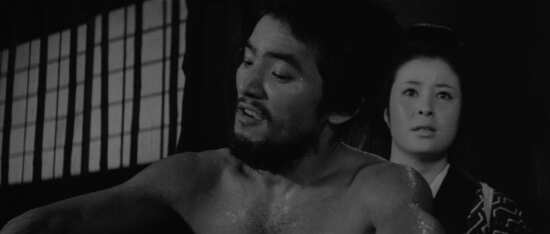
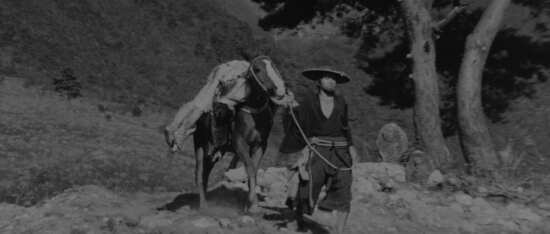
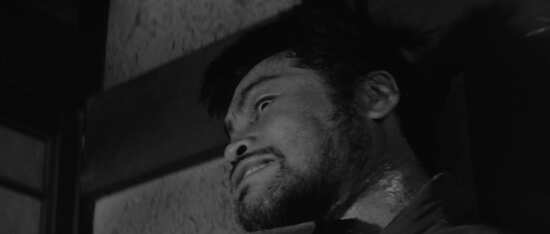
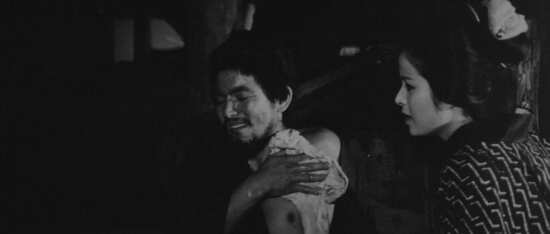
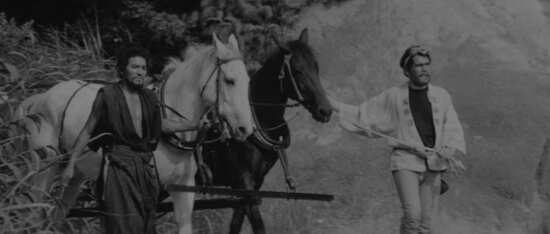
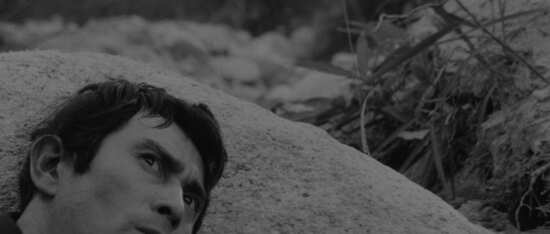
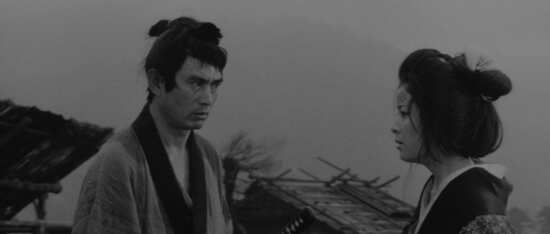
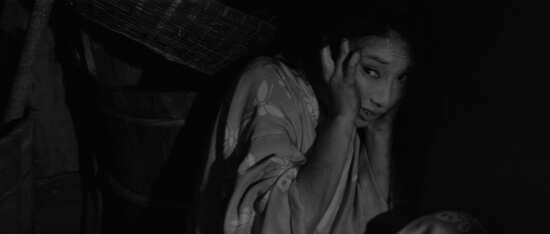
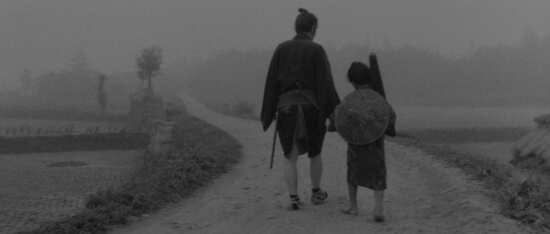
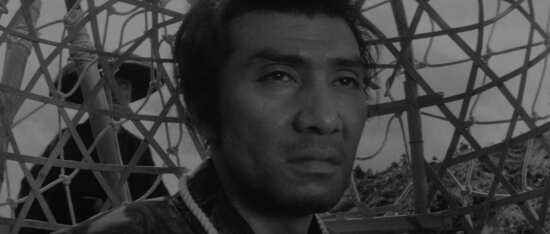
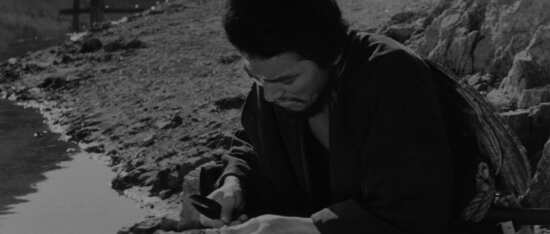
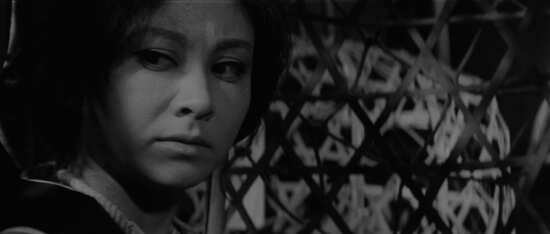
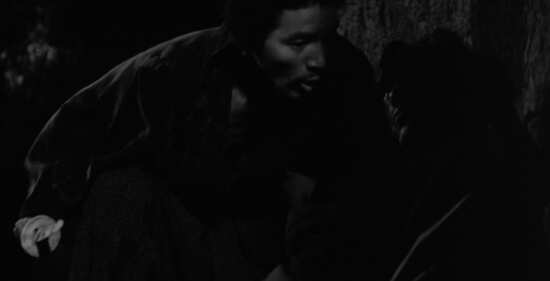

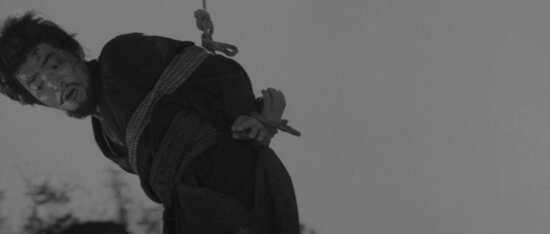
Your Opinions and Comments
Be the first to post a comment!